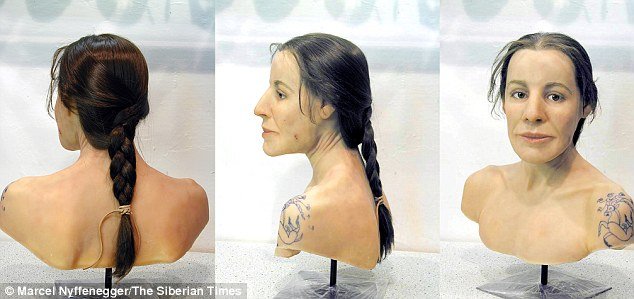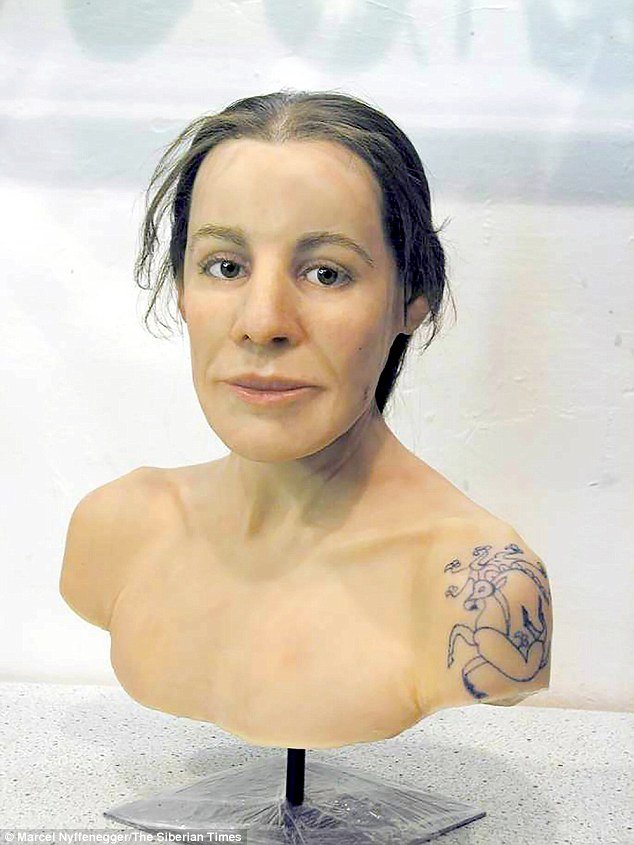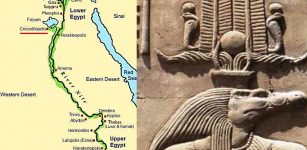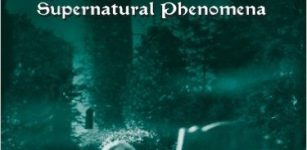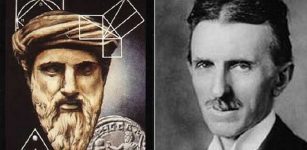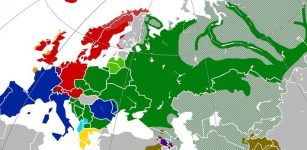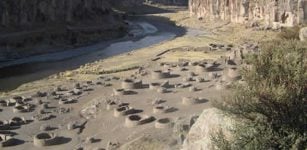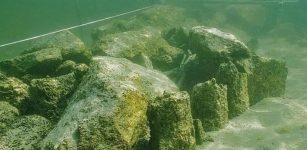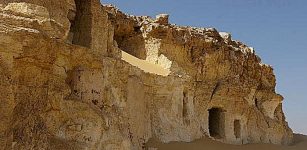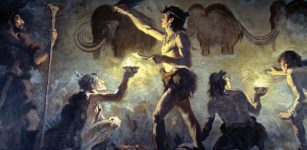This Is What The Siberian Princess Ukok Looked Like In Real Life
MessageToEagle.com – The life, death and identity of the tattooed 2,500-year-old Siberian princess have long been considered a true mystery, but now scientists have been able to solve some the ancient puzzles and reveal more information about this enigmatic woman.
The remains of the Siberian princess have revealed sophisticated tattoos, evidence of ancient cannabis use and signs of breast cancer.
Despite this new information, there was still one missing one crucial piece researchers had to solve – namely what did the 2,500-year-old woman look like?
Ancient princess: The model (pictured) is covered in silicone and a rubber-resin, and eyebrows, eyelashes and hair were added afterwards. More than 100,000 individual strands of hair were used on the bust.
For the first time, a Swiss taxidermist has created a likeness of Princess Ukok using a 3D model of her mummified skull as a guide.
Over two weeks, Marcel Nyffenegger painstakingly built layers of replica facial muscles, tissue and skin to reconstruct an accurate bust of the royal ice maiden. The Siberian mummy was dug from her permafrost burial chamber on the high Ukok Plateau in the Altai Mountains in 1993.
Previous analysis of her remains found sophisticated tattoos of ‘great artistry’ featuring images of fantastical creatures.
And, in her tomb, experts found clothing and headdresses, a make-up bag, and a stash of cannabis, enabling experts to build a detailed picture of her life.
Her tattoos are said to be best-preserved, and most elaborate, ancient art ever found.
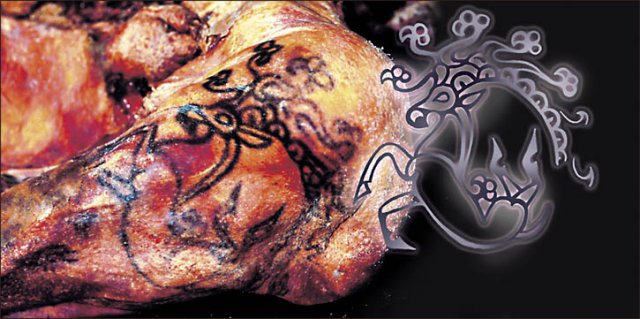
But, while her body was well preserved, her face and neck skin had been damaged, which prevented the archaeologists to determine what she once looked like.
Mr Nyffenegger was commissioned to create the bust of the princess by the Historical Museum of the Palatinate in Speyer, Germany.
He has previously reconstructed the faces of Neanderthals, aborigines, Native Americans and Homo heidelbergensis. Scans of the mummified body were used to create a 3D model of the woman’s skull. From this, Mr Nyffenegger built facial muscles, added layers of tissue and reconstructed her skin and eye using taxidermy materials and plasticine.
The model is covered in silicone and a rubber-resin, and eyebrows, eyelashes and hair were added afterwards. More than 100,000 individual strands of hair were used on the bust. ‘That two weeks took me to the brink of insanity’, the expert told The Siberian Times.
‘I didn’t spend more than two or three hours a day on that part because it was very boring and neck pain literally forced me to do something else’.
In October, an MRI scan of the 2,500-year-old mummy revealed she died after suffering from acute breast cancer. Experts also said that she may have taken cannabis to dull her illnesses. Separately from the MRI, academics also concluded she was a virgin who lived a deliberately ‘celibate’ life. The hi-tech scan was carried out in Novosibirsk by Russian scientists Andrey Letyagin and Andrey Savelov.
They additionally showed the ‘princess’ had suffered from an infection of the bone or bone marrow known as osteomyelitis, during childhood, and later from injuries consistent with falling from a horse. And when she was around 20 years old, she became ill with breast cancer.
‘It painfully destroyed her’ over perhaps five years, said a summary of the medical findings by archaeologist Professor Natalia Polosmak, who first found the human remains.
Looking back in time: A Swiss taxidermist created the likeness of Princess Ukok (pictured) using a 3D model of her mummified skull as a guide. Over two weeks, Marcel Nyffenegger painstakingly built layers of replica facial muscles, tissue and skin to reconstruct an accurate bust of the royal ice maiden.
‘During the imaging of mammary glands, we paid attention to their asymmetric structure and the varying asymmetry of the MR signal,’ continued Dr Letyagin.
‘We are dealing with a primary tumour in the right breast and right axial lymph nodes with metastases.
‘The three first thoracic vertebrae showed a statistically significant decrease in signal and distortion of the contours, which may indicate the metastatic cancer process. I am quite sure in the diagnosis – she had cancer.
‘She was extremely emaciated. Given her rather high rank in society and the information scientists obtained studying mummies of elite Pazyryks, I do not have any other explanation of her state. Only cancer could have such impact.’
Her actual cause of death may have been from a secondary factor, however, which is thought to have been an injury from her fall. Breast cancer has been known to mankind since the times of the Ancient Egyptians yet this is believed to be the first time such a diagnosis has been made on a mummified ancient woman whose remains were preserved in permafrost, frozen for more than two millennia.
Tattooed Princess Ukok Finally Reburied In Special Monument On Ukok Plateau, Altai
She was buried in the middle of June – according to food that was found in the stomachs of horses buried alongside her. The scientists think she died in January or even March, so was alive after her fall for about three to five months. Earlier evidence found a container of cannabis in her burial chamber, as if she might require it in the afterlife. The experts said that the drug may have often put her in an ‘altered state of mind’, which may have caused ecstatic visions.
This could explain why she was considered as a chosen being. She was buried in a separate mound, rather than a line of family tombs, in a visible open place.
The researchers continued this may show the Ukok woman did not belong to an exact kin or family, but was related to all Pazyryks, who lived in the region.
In her vault was also a ‘unique mirror of Chinese origin in a wooden frame’. There were additionally coriander seeds, previously found only in so-called ‘royal mounds’. And, her mummification was carried out with enormous care in a comparable manner to royals. Significantly, in the Altai Mountains, her supernatural powers are seen as continuing to this day.
‘Elders here voted in August to reinter the mummy of the ice maiden ‘to stop her anger which causes floods and earthquakes’,’ reported The Siberian Times at the time.
‘Known to locals as Oochy-Bala, the claim that her presence in the burial chamber was ‘to bar the entrance to the kingdom of the dead’.
By removing this mummy, the elders contend that ‘the entrance remains open’. They demand she is removed from a specially-built museum in the city of Gorno-Altaisk, capital of the Altai Republic, and instead reburied high on the Ukok plateau.
‘Today, we honour the sacred beliefs of our ancestors like three millennia ago,’ said one elder. ‘We have been burying people according to Scythian traditions. We want respect for our traditions.’
MessageToEagle.com
Source:

